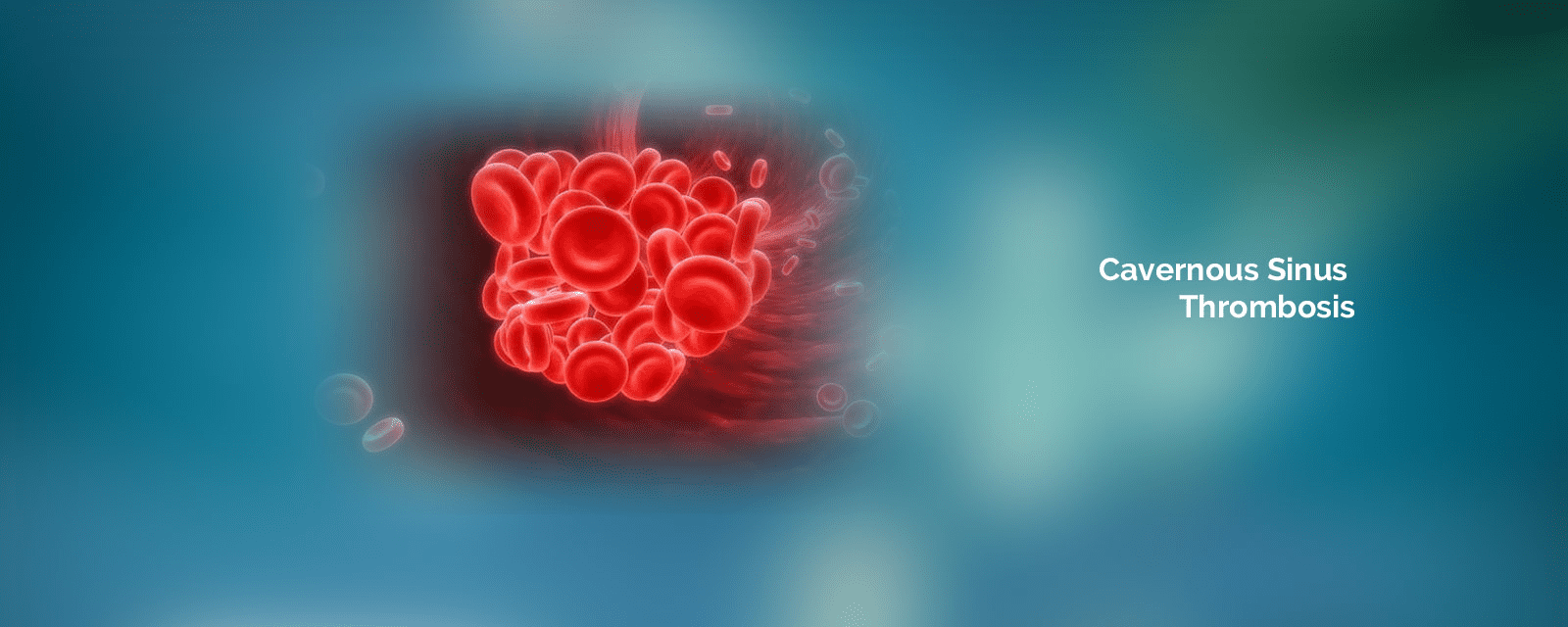Cavernous Sinus Thrombosis or CST, is the formation of a blood clot in cavernous sinus, which is a cavity at the base of the brain. It functions to drain deoxygenated blood from the brain, which is carried back to the heart by veins. This is a life threatening disease and requires immediate treatment. This is a very rare disease with the number of cases ever reported in medical literature being in hundreds. The condition affects women more than men, and children and young adults more than older adults. Before the medical advancements made in our modern era, the mortality rate of this disease was 100%. Now, it remains at less than 30%, but complete recovery is still rare.
Symptoms include:
- Severe headache
- Fatigue
- Swelling, redness, and irritation in and around both eyes
- Drooping eyelids
- Bulging of eyes
- Photophobia (discomfort or pain in eyes from exposure to light)
- Inability to move the eye or eyes
- High fever
- Pain or numbness in the face or eyes
- Loss of vision, or double vision
- Seizures
See a doctor if you or your loved ones experience the above mentioned symptoms. Always trust premier medical institutions like Paras Hospitals group that have specialized departments and expert doctors for the treatment and care of your condition.
The cause of CST is most often a bacterial infection attributed to Staphylococcus aureus or Streptococcus, which has spread from the sinuses, teeth, ears, eyes, nose or skin of the face. Those with a tendency for blood clots are at risk, along with young adults, women and children.
The only (known) way of treating CST is high doses of anti-biotics like Nafcillin, Cefotaxime and Metronidazole. Sometimes surgery is also needed to drain out fluid. Roughly one sixth of all patients are left with some sort of visual impairment and one half with cranial nerve deficits due to delayed diagnosis. Prevention of CST is better, by recognizing the primary source of infection and treating it before it spreads.



 Call us at
Call us at